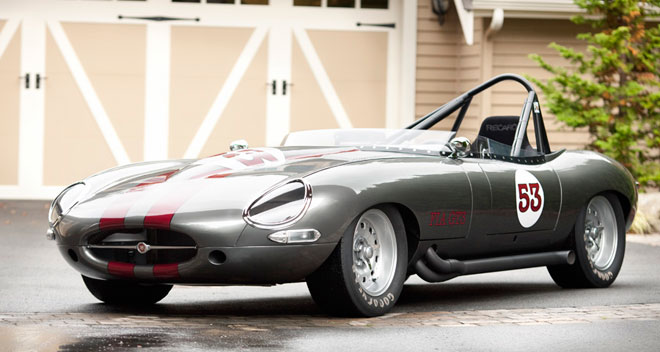This month’s column is a tale with both tragic and cautionary threads for those who play in the vintage racing car hobby
This Series 1 E-type roadster was purchased from its second owner in 2005 after being discovered in a garage where it had remained since the mid-1980s. The car was immediately sent to the restoration shop for what became a five-year, race-prepared restoration. This Jaguar is presented with a very high level of finish, from the outside filler to the lightweight E-type wheels. Completed in Tungsten Silver with Cranberry Red racing stripes, the quality of paintwork is stunning for a car that has been fully equipped for vintage racing.
Mechanically, the car is equally impressive. This E-type is powered by a TJP race-built, high-content, heavy-duty “tank” 4.2-liter block with dry sump and triple 48 DCOE Weber carburetors. Additionally, the car was completed with side exhaust, custom aluminum radiator with oil cooler, TREMEC T5 dog box transmission, Koni dampeners with custom valves, and an upgraded front torsion bar. XJ6 front and rear brakes have been added to enhance braking capability. With over $225,000 spent on the restoration, this E-type is an ideal candidate for premier vintage racing events in the U.S. and abroad. It has yet to compete, having only attended several test days since its completion in July 2005.
1967 Jaguar E-type Series 1 Roadster Race Car

